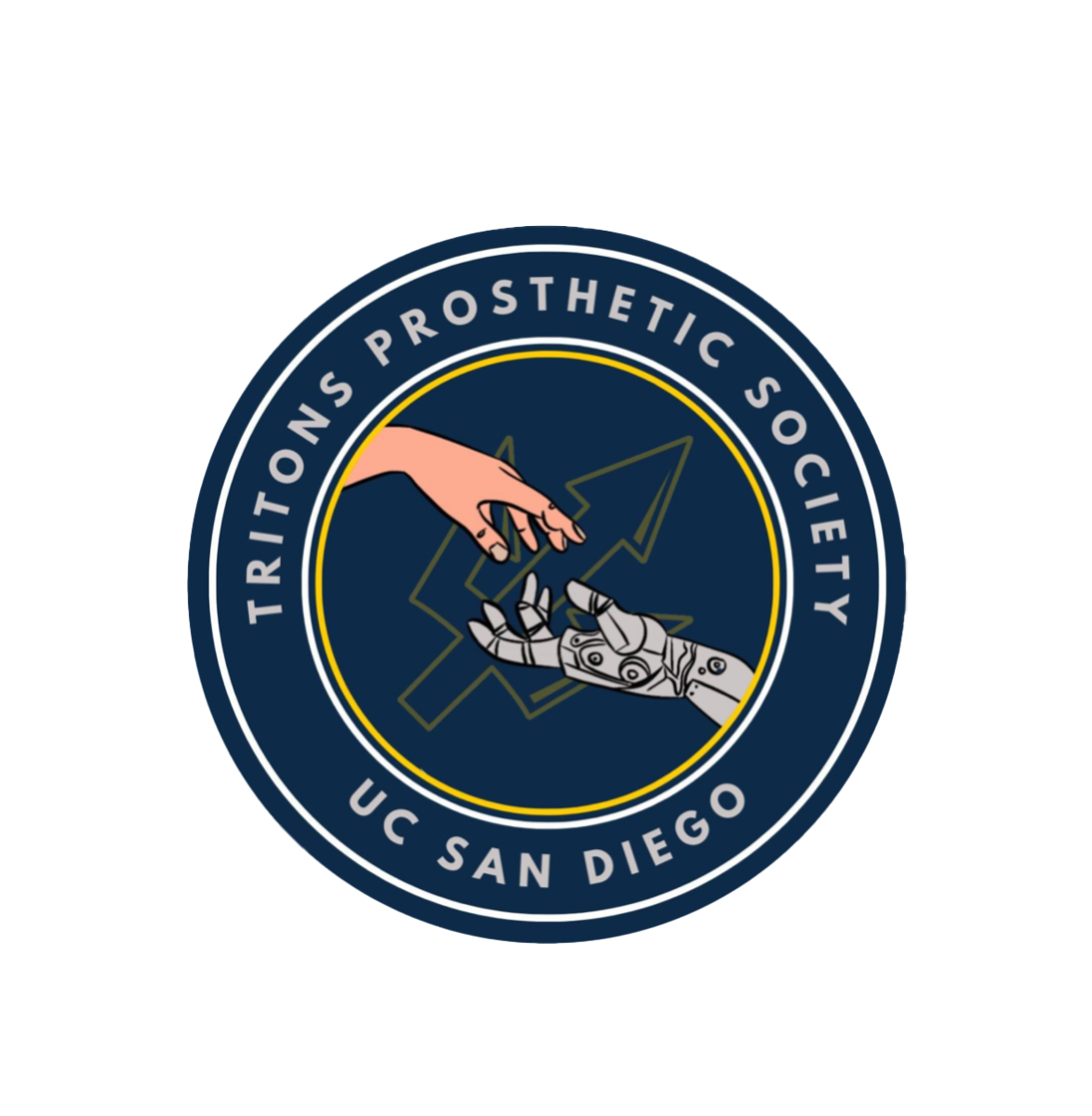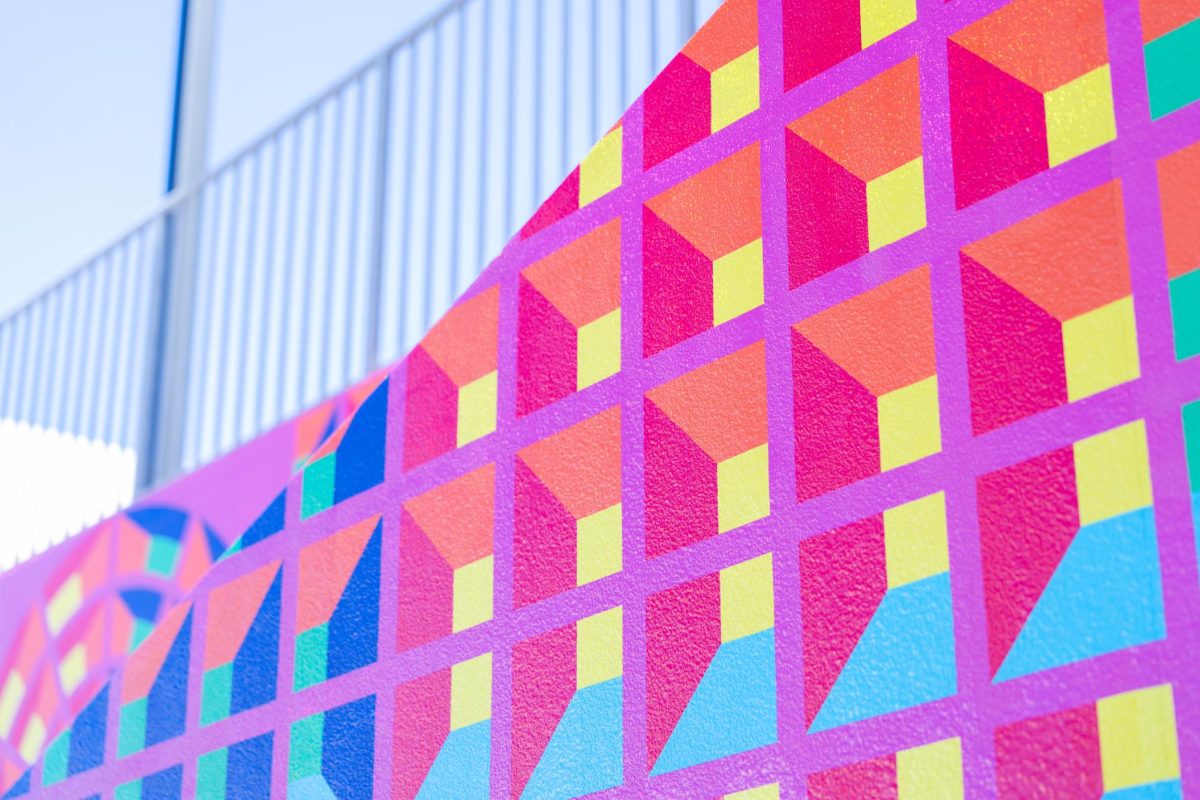Lately, it seems like terms such as “diversity” and “equity” have become buzzwords that individuals pay lip service to instead of something to strive towards in an unequal society. Despite the tendency of academic institutions to lean progressive, demands for diversity and equity are sometimes genuine, but often cloaked with a veil of apathy. Common student attitudes toward Diversity, Equity, and Inclusion requirements is one such example.
At UC San Diego, all undergraduate students are required to take a Diversity, Equity, and Inclusion course as part of their graduation requirements. In light of Black History Month, it is important to remember the history of why this requirement was instituted in the first place, as well as reevaluate one’s attitudes towards taking this course, treating it as an opportunity to critically learn rather than a course to breeze through.
In 2010, an allegedly fraternity-linked party known as the “Compton Cookout” took place, where Black History Month was ridiculed through mockery and racial stereotyping. Both the invitation and the party itself involved students exhibiting racist behavior through mockery of Black culture and history. The event was covered extensively by the The UCSD Guardian and the San Diego Union-Tribune, and was followed by outrage and protests. This led the university to institute a DEI course requirement, which has been in place ever since.
Over the past decade, DEI requirements and training have become seemingly commonplace in both academic and workplace environments. However, their effectiveness is often a source of debate. In Jesse Singal’s article, “What if Diversity Training Is Doing More Harm Than Good?” he states that DEI training is a band-aid solution to a deep-rooted problem. Companies do not investigate company-specific problems that relate to potential racial biases, and instead slap on a DEI training requirement that may or may not prove to be beneficial. In order to actually address discrimination-related concerns, we must engage in difficult conversations and unlearn biases — even if it is uncomfortable and time-consuming.
Is UCSD’s DEI requirement a similar, band-aid solution? The answer is complicated. On the one hand, taking a course is vastly different from doing a quick DEI training as part of onboarding at the workplace. While taking a course, students have the opportunity to learn about diversity and equity-related issues and unlearn prejudices through the use of critical thinking, albeit through an academic lens. However, UCSD’s DEI course requirement does not target UCSD-specific problems, which, as pointed out by Singal in his article, is a shortcoming of most DEI training.
UCSD and the greater San Diego area have specific discrimination problems — such as a chemistry professor making a racist comment just this past quarter, or San Diego’s history of redlining — and being required to take a DEI course is not a targeted solution to those problems.
Many readers sent in responses to Singal’s article. Some agreed, one saying that DEI training “should help individuals authentically explore and understand personal and interpersonal attitudes and beliefs,” and another saying that corporations using DEI trainings as band-aid solutions do so in order to insulate themselves “from liability and bad publicity on account of bad acts of employees.”
Another reader points out that these trainings never “question the validity of race as a means of categorizing human beings,” and do not discuss the fact that race can be seen as a social construct.
Discussions like this are valuable and generate meaningful discourse, and academic settings are good places for this conversation to begin, if students take their DEI course seriously. If they don’t, then the real world implications of diversity and equity are reduced to letters and numbers on a transcript.
However, the diversity of UCSD’s DEI course offerings, which span multiple disciplines, including anthropology, economics, management, and sociology, should help students find their areas of interest and need. DEI topics can be examined through multiple different lenses, and this course is an opportunity to broaden one’s perspective and explore these concepts through an alternate lens, or delve deeper into a lens one is already familiar with.
Ultimately, the concepts of diversity and equity should not be made abstract; they are real-life issues with real-life consequences. Academia should not serve as a guise to question the existence of discrimination, because that is not debatable.
There is a diverse community of students at UCSD, and there is inherent value in that. While taking their DEI course, students should remember why they are taking it: not as an end, but rather as a means. Although the DEI course is a requirement, it should be reframed as a privilege.
Photo courtesy of UC San Diego; “Chicano Legacy 40 Años” mural














Jorge Mariscal • Mar 3, 2023 at 9:03 am
“Chicano Legacy 40 Años” mural, created by students with the assistance of artist Mario Torero.